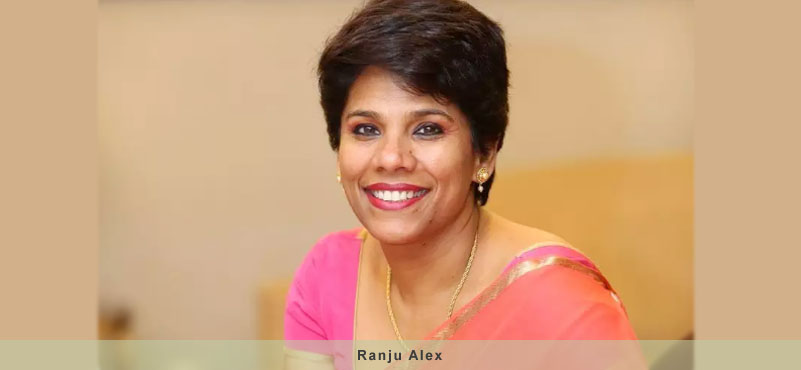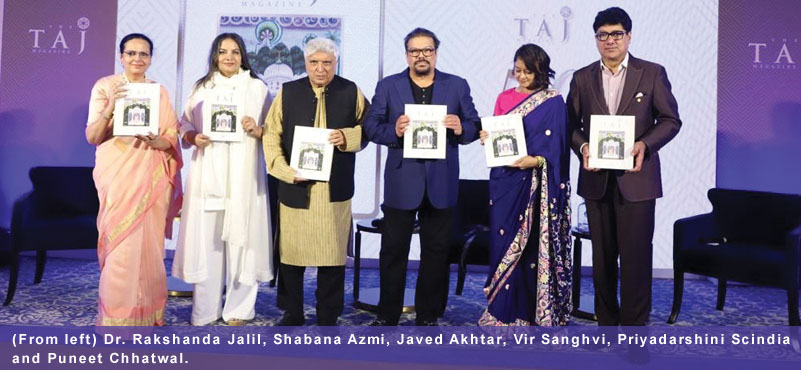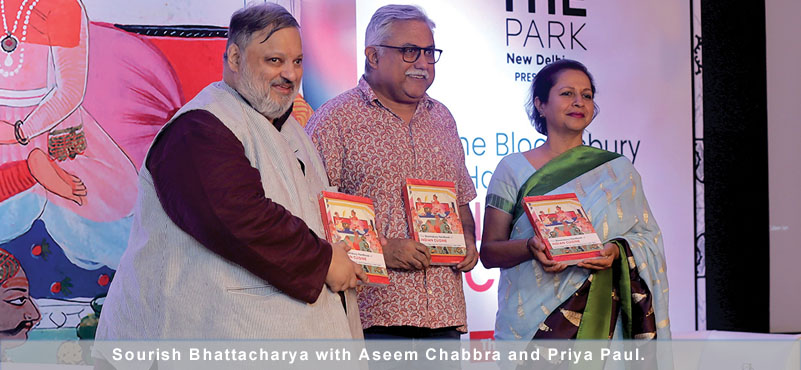We met with Ranju Alex, Area VP for Marriott International for India. Riding the high wave in hospitality, their story is no different, except more pronounced. India is the big growth story in this part of the world, with a target of 250 operational hotels by 2025.
How is it going, the salient features. Like what’s been completed, how is the present updated.
The year has run on a very positive note, with the face of business looking very promising. We currently hold the largest room inventory in India with 144 operating hotels, 16 brands and over 27,000 plus rooms, spread across more than 40 cities. The year also marked a significant milestone as we launched our 150th hotel in South Asia, with the JW Marriott Goa. The openings have been steady and consistent over the past 7 months (Jan-July) with an average of 1 hotel opening each month across key markets within India. With a pipeline of 15 hotels set to open for 2023, we have 9 hotels successfully launched to date. India is one of the most important markets for Marriott International, with the largest number of properties and rooms in Asia, after China. The pace of new signing has picked up considerably over the past few months and we expect more activity on the conversion front, both in managed and franchised agreements.
The Westin Hyderabad Hitec City, which opened in June this year, marked the first all women operated hotel within the city and heralds a paradigm shift for the hospitality industry, breaking from the conventional ways of operating. We also had Homes & Villas by Marriott Bonvoy enter the India market – Jan 2023, with an aim to add close to 500 highly curated, luxury and premium homes in key Indian travel destinations over 2023.
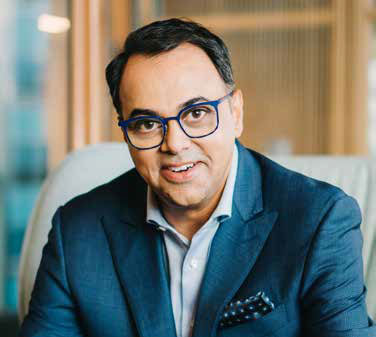
‘Marriott to Post Over $1b in India Revenue This Year’
says Rajeev Menon, President, APEC
Marriott International will clock over a billion dollars of top line revenue in India this year, said Rajeev Menon, president, Asia Pacific (excluding China) at Marriott International, to Economic Times in an exclusive interview.
“It will be `9,000 crore of top line revenue. In the first six months of the year, our RevPar (revenue per available room) growth in India is at 56% in comparison to 2022, and 35% compared to 2019. Now, 2022 was the year where recovery had just started. The first quarter was a bit soft, and from the second quarter, the business started to bounce back. So, 2019 is a good comparison,” he said.
Menon said as the smaller, secondary, and tertiary cities start to get infrastructure and seeing industries coming in, India will see ‘explosive growth’ across the board.
Loyalty continues to be a huge focus area. We want to ensure we make our loyal customers feel valued and special. Marriott Bonvoy is an extremely strong and coveted loyalty travel program, and we are committed to growing our loyalty base. We continue to inspire guests to travel with us offering them promotional offers that are supported by flexible reservation policies and point redemption initiatives. Marriott’s customer-centric approach continues its commitment to ensuring a seamless and convenient booking experience for its customers. We have invested effort into building a robust distribution strategy for Marriott South Asia that aims to make it easy and accessible for customers to book and allows us to cater to varied customer preferences.
Marriott continues its people-centric approach to business through its commitment to recruitment, skill development, and nurturing talent. Our focus remains dedicated to attracting top talent, providing opportunities for continuous learning and encouraging a work life balance that helps create an environment where employees feel valued, motivated, and equipped to drive the company’s growth and achievements. In keeping with this ethos, we have partnered with ‘Gigs Near Me’, Ijobs and have implemented Marriott’s ‘Life on Time’ program that is aimed at promoting holistic wellbeing, personal growth and better work-life balance through a wide array of opportunities and workplace practices.
In addition to prioritizing customer satisfaction, Marriott also demonstrates a strong focus on Environmental, Social, and Governance (ESG) principles and sustainability. Our ‘Serve the World’ philosophy drives us to undertake various sustainable initiatives aimed at reducing our environmental impact, supporting local communities, and promoting responsible business practices.
What’s coming up, in the Pipeline?
Our pipeline for 2023 comprises 15 hotels across our luxury, premium and select brand segments. These openings are aimed at the leading metros and growing tier 2 cities, including some of India’s leading resort destinations such as Rishikesh and Coorg to name a few.
We have 9 hotels opened till date – JW Marriott Goa, Mulberry Shades Bengaluru Nandi Hills, A Tribute Portfolio Resort, Westin Resort & Spa, Himalayas, Courtyard by Marriott Shillong, Marriott Executive Apartments Navi Mumbai, Fairfield by Marriott Agra, Fairfield by Marriott Jaipur, Westin Hyderabad Hitec City and the most recently opened Le Meridien Amritsar.
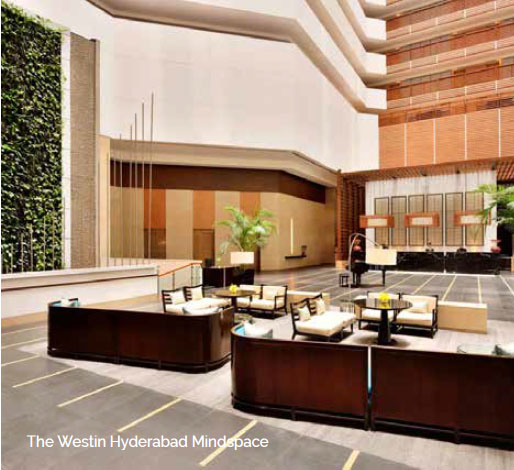 What’s the overall brand position emerging, where is the supply growth coming, in what segment?
What’s the overall brand position emerging, where is the supply growth coming, in what segment?
Our luxury and premium brands are experiencing robust demand, particularly in leisure destinations throughout India. Notably, half of the hotels signed in the year 2022 belong to the luxury and Upper Upscale tiers. This trend underscores the sustained preference of owners for our high-end brands. The strategic utilization of conversions further bolsters our growth trajectory, affirming the enduring appeal of Marriott’s brand portfolio as property owners seek to optimize assets and enhance returns. Conversions represented a significant portion of our progress, constituting about 17% of the total rooms signed in 2022. A good example is the successful conversion of The St. Regis Goa. Our brand positioning is further accentuated by our strong presence and significant demand in the Select service segment. This segment continues to unlock growth prospects and guides our expansion efforts across both established and emerging tier two markets within India.
How is some special development emerging, like the one at Aerocity? Any other?
In partnership with the Prestige Group, we will launch the New Delhi Marriott Marquis and The St. Regis Aerocity, New Delhi. The brands will open in 2025 and will collectively add 779 rooms to the Marriott portfolio. They will have an expected 85,000 sq. ft. of meeting space in total and are anticipated to create the ultimate destination within the Aerocity landscape.
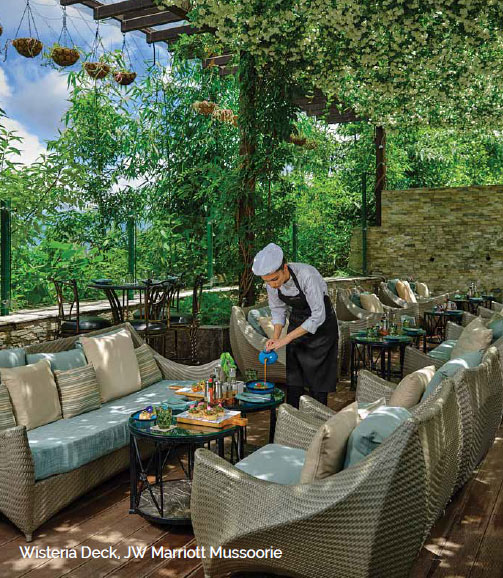 How is the balance between overseas and domestic demand happening with you, pre-covid and now, post covid, after the major resurgence of the Indian domestic?
How is the balance between overseas and domestic demand happening with you, pre-covid and now, post covid, after the major resurgence of the Indian domestic?
Domestic travel demand still continues to fuel the overall growth in RevPAR for India. Although there has been a gradual increase in international arrivals the recovery in 2023 is still expected to be at 70% vs 2019. Getting into 2024, we anticipate a steady increase in both domestic and international mix.
How is the ARR changing over time? Where do you see it heading? Across price points, across brands, across territories?
Hotels across all cities have witnessed a significant growth in ADR vs 2019 and 2022. With there not being a significant increase in supply for most major markets and the corresponding demand from Domestic and International travel expected to be stable, we will see a further push in ADR across segments for most markets. We touched a full ADR recovery in May of last year. This year our H1 ADR growth is more than 30% points ahead of 2019 same period.
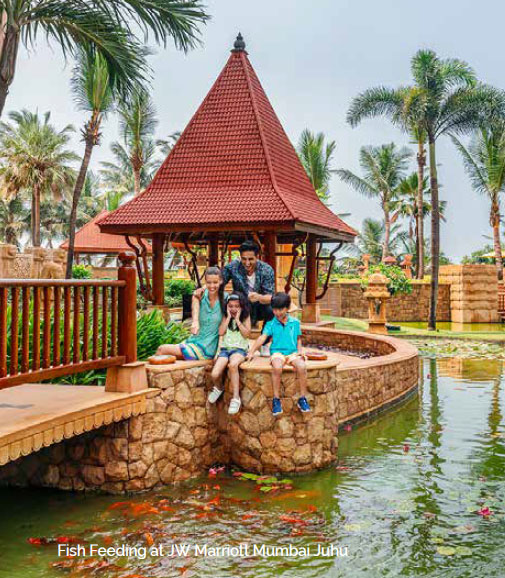 How is the destination India emerging for you in your system? I remember being told you are but a fraction in India of your total global inventory! Is India getting a better eye-in?
How is the destination India emerging for you in your system? I remember being told you are but a fraction in India of your total global inventory! Is India getting a better eye-in?
India remains a very important market for Marriott International within the Asia Pacific region, ranking second to China. We aim to touch 250 properties by 2025 which is a strong testament to the potential and promise of this region. Apart from significantly growing the portfolio, this goal will also help create 10,000 new jobs within the country. While the aim would be to provide the right product in every market, travellers want to visit for any type of trips, Marriott will continue to remain focused on India’s “strong and growing” domestic market. This commitment was further reinforced through the recent visit by our global CEO – Anthony Capuano and his meeting with the Prime Minister Narendra Modi to discuss the company’s plans for continued growth in the region. We currently operate in over 40 cities across 144 hotels across 16 brands within India. The company is focusing on advancing development in secondary and tertiary markets to attract both business and leisure visitors. Our brands extend to locations such as Mussoorie, Pushkar, Mahabalipuram, Raipur, Siliguri, Bilaspur, and more recently in cities like Rishikesh, and Shillong where Marriott was the first international brand to enter these markets. These openings fuel economic growth, support local employment, and drive interest and tourism to these areas – which both directly and indirectly benefit an extended supply chain.
Which segment is emerging best? Weddings, MICE, pure leisure, pure business?
All segments are performing to their optimum. Furthermore, the macroeconomic outlook for the region appears highly promising, with anticipated GDP growth that surpasses the global average. The MICE and Wedding segment continues to see robust growth versus 2019 and there remains sustained demand through the rest of the year. While the MICE & Wedding segment is growing the leisure and business segments also continue to be significant contributors to growth. In recent years, there has been a focus on wellness tourism, eco-tourism, and experiential travel, which contribute to the leisure segment’s expansion. On the other hand, India’s booming tech and corporate sectors ensure a steady demand in the business travel segment.
ABOUT THE AUTHOR
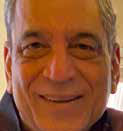 Navin Berry, Editor, Destination India, over five decades has edited publications like CityScan, India Debates and Travel Trends Today. He is the founder of SATTE, India’s first inbound tourism mart, biggest in Asia.
Navin Berry, Editor, Destination India, over five decades has edited publications like CityScan, India Debates and Travel Trends Today. He is the founder of SATTE, India’s first inbound tourism mart, biggest in Asia.

